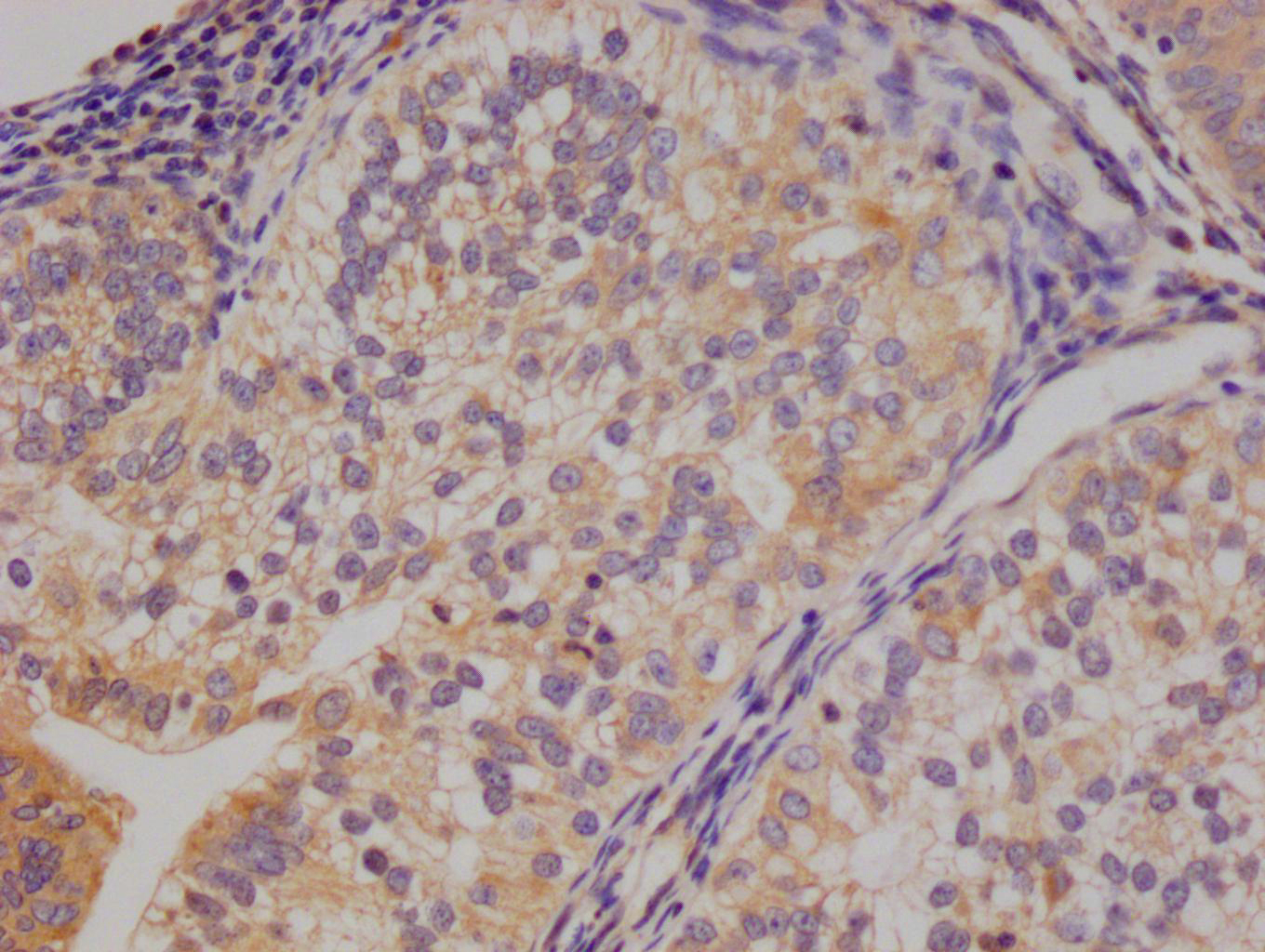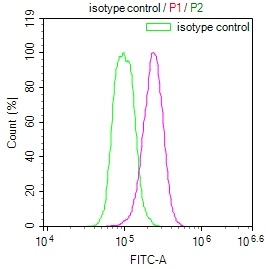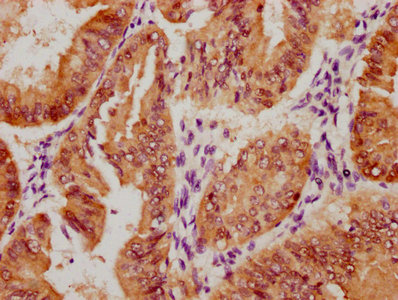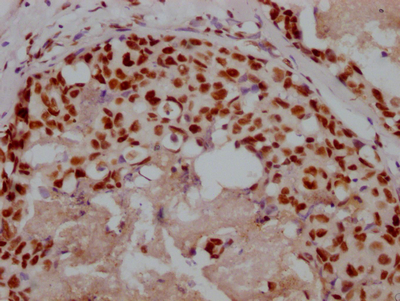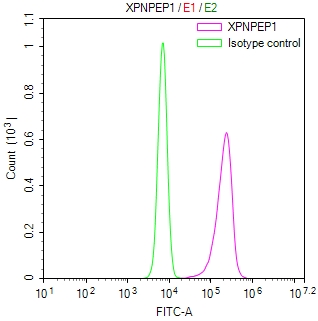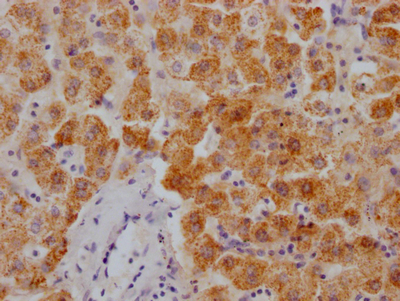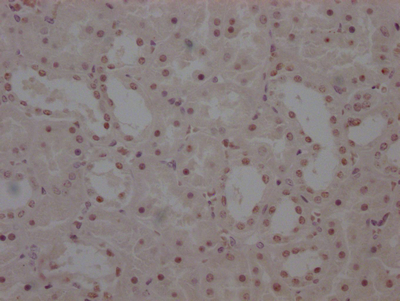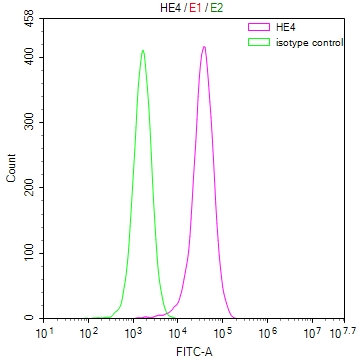TMEM33 Antibody, HRP conjugated
-
中文名称:TMEM33兔多克隆抗体, HRP偶联
-
货号:CSB-PA023829LB01HU
-
规格:¥880
-
其他:
产品详情
-
产品名称:Rabbit anti-Homo sapiens (Human) TMEM33 Polyclonal antibody
-
Uniprot No.:
-
基因名:TMEM33
-
别名:TMEM33; DB83; Transmembrane protein 33; Protein DB83; SHINC-3
-
宿主:Rabbit
-
反应种属:Human
-
免疫原:Recombinant Human Transmembrane protein 33 protein (177-247AA)
-
免疫原种属:Homo sapiens (Human)
-
标记方式:HRP
-
克隆类型:Polyclonal
-
抗体亚型:IgG
-
纯化方式:>95%, Protein G purified
-
浓度:It differs from different batches. Please contact us to confirm it.
-
保存缓冲液:Preservative: 0.03% Proclin 300
Constituents: 50% Glycerol, 0.01M PBS, PH 7.4 -
产品提供形式:Liquid
-
应用范围:ELISA
-
Protocols:
-
储存条件:Upon receipt, store at -20°C or -80°C. Avoid repeated freeze.
-
货期:Basically, we can dispatch the products out in 1-3 working days after receiving your orders. Delivery time maybe differs from different purchasing way or location, please kindly consult your local distributors for specific delivery time.
-
用途:For Research Use Only. Not for use in diagnostic or therapeutic procedures.
相关产品
靶点详情
-
功能:Acts as a regulator of the tubular endoplasmic reticulum (ER) network. Suppresses the RTN3/4-induced formation of the ER tubules. Positively regulates PERK-mediated and IRE1-mediated unfolded protein response signaling.
-
基因功能参考文献:
- TMEM33 is a novel regulator of the PERK-eIE2alpha-ATF4 and IRE1-XBP1 axes of the UPR signaling. PMID: 26268696
-
亚细胞定位:Endoplasmic reticulum membrane; Multi-pass membrane protein. Melanosome. Nucleus envelope.
-
蛋白家族:PER33/POM33 family
-
组织特异性:Prostate cancer and several cancer cell lines (at protein level). Widely expressed. Expressed at higher levels in endocrine-resistant breast cancer cells as compared to endocrine-sensitive breast cancer cells. Expressed at higher levels in early recurrenc
-
数据库链接:
Most popular with customers
-
-
YWHAB Recombinant Monoclonal Antibody
Applications: ELISA, WB, IHC, IF, FC
Species Reactivity: Human, Mouse, Rat
-
Phospho-YAP1 (S127) Recombinant Monoclonal Antibody
Applications: ELISA, WB, IHC
Species Reactivity: Human
-
-
-
-
-


